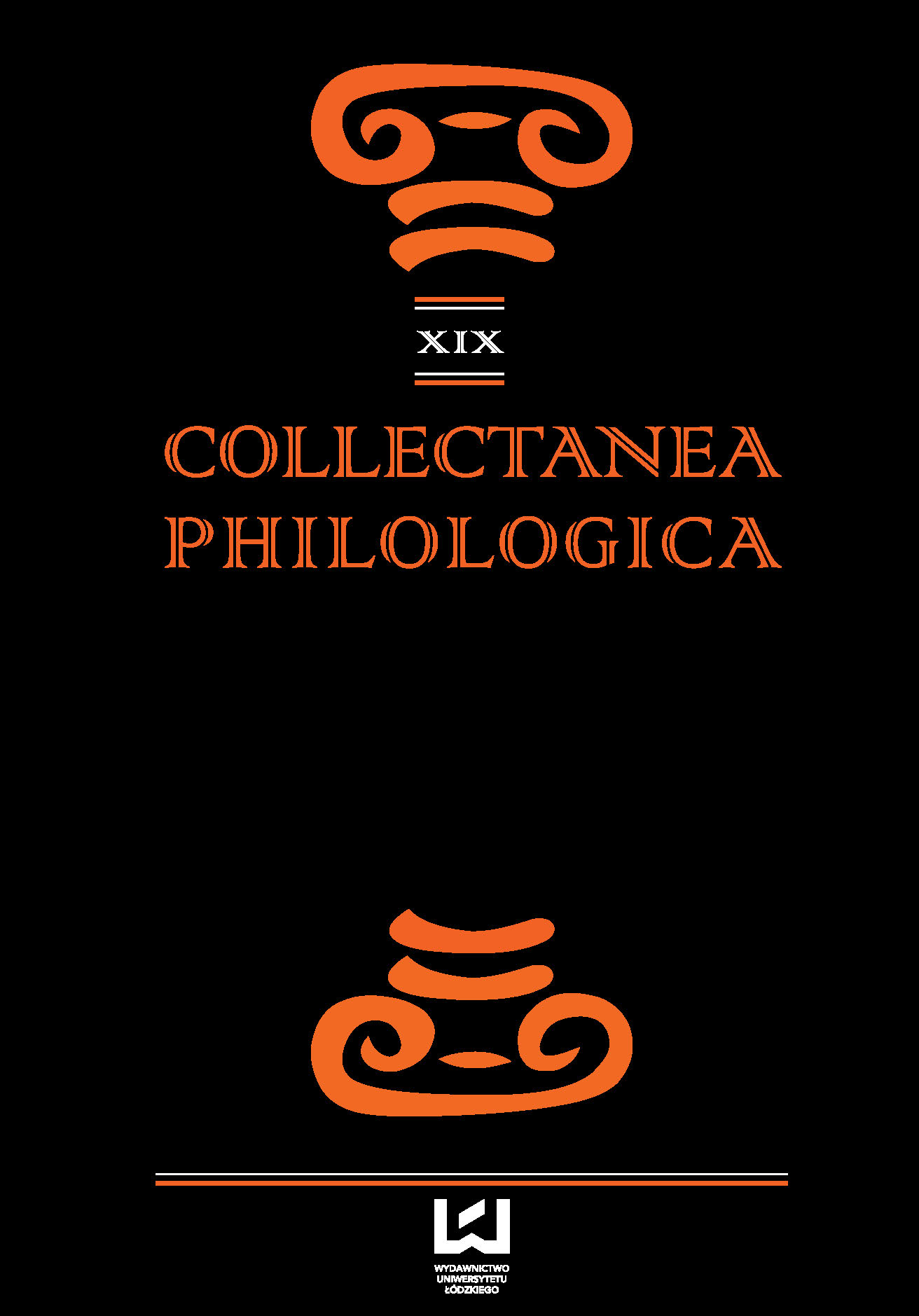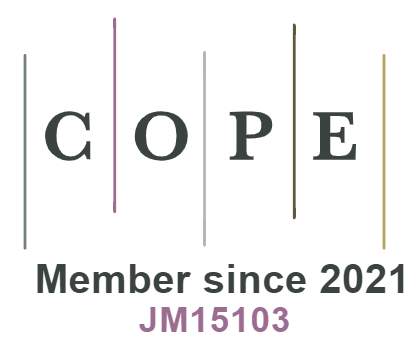Classical Myths and American Abstract Expressionism: The Case of William Baziotes
DOI:
https://doi.org/10.18778/1733-0319.19.08Słowa kluczowe:
Expresionismo abstracto, Baziotes, mitos, cíclope, ojoAbstrakt
Abstract Expressionism can be seen as a valid expression of the crisis of ‘Modern Man’ and, as a result, it assumed a central role in the cultural debate of its time. Within this crisis can be situated a new form of representing the ancient myths. William Baziotes, an artist who belongs to the New York School, becomes a modern ‘myth-maker’ who creates metaphors and symbols which refer to primitive cultures and primeval worlds. If a few of his paintings allude in their title to a particular Classical myth, others, without a specific title referring to a myth, have strong affinities with mythology. Classical myths seem to be entwined with the artist’s own personal myths, interpreted through his own language and his own symbols.
Bibliografia
Anfam, D. (1999). Abstract Expressionism. London: Thames & Hudson.
Google Scholar
Arnason, H.H. Mansfield, E.C. (2009). History of Modern Art. New York: Pearson.
Google Scholar
Baziotes, W. (1947). ‘I cannot evolve any concrete theory’. Possibilities I, 1 (winter), 2.
Google Scholar
Baziotes, W. (1949). ‘The Artist and his Mirror’. Right Angle 3 (June 1949), 3–4.
Google Scholar
Bernstock, J. E. (1993). ‘Classical Mythology in Twentieth-century Art’. Artibus et Historiae vol. 14, 153–183.
Google Scholar
Chipp, H. B. (1970). Theories of Modern Art. Berkeley: University of California Press.
Google Scholar
Crain, S.D. (2004). William Baziotes’ Duality: Escaping the ordinary and finding the extraordinary. Thesis Master of Arts, Athens, Georgia.
Google Scholar
Gibson, A. (1987). ‘The Rhetoric of Abstract Expressionism’ in M. Auping (ed.) Abstract Expressionism the Critical Developments. New York: Harry N. Abrams.
Google Scholar
Gombrich, E. (1985). ‘Image and Word in Twentieth Century Art’. Word and Image vol.1, issue 3, 213–241.
Google Scholar
Hadler, M. (1977). ‘William Baziotes: A Contemporary Poet-Painter’. Arts Magazine 51 (June), 102–110.
Google Scholar
Hauptman, J. (2005). Beyond the Visible: The Art of Odilon Redon. New York: The Museum of Modern Art.
Google Scholar
Heilbrunn Timeline of Art History [online] http://www.metmuseum.org/toah/works-of-art/1995.234/ [accessed 17/10/2016]
Google Scholar
Jachec, N. (1993). ‘Myth and the Audience: The Individual, the Collective and the Problem of Mass Comunication by the Early 1950s’. American Abstract Expressionism. Critical Forum Series, Vol. I, Liverpool: Liverpool University Press-Tate Gallery Liverpool, 129–140.
Google Scholar
Kagan, A. (1975). ‘Paul Klee’s Influence on American Painting New York School’. Arts Magazine 49 (June), 54–59.
Google Scholar
Kempner Freed, E.- Sharp, E. (1957). The Magical Worlds of Redon, Klee, Baziotes. Houston, Texas: Contemporary Arts Museums.
Google Scholar
Larson, B. (2005). The Dark Side of Nature. Science, Society and the Fantastic in the Work of Odilon Redon. Pennsylvania: Pennstate University Press.
Google Scholar
Noce, V. (2011). Odilon Redon dans l’oeil de Darwin. Paris: RMN.
Google Scholar
Polcari, S. (1991). Abstract Expressionism and the Modern Experience. Cambridge: Cambridge University Press.
Google Scholar
Preble, M. (2004). William Baziotes. Paintings and Drawings 1934–1962. Milan: Skira.
Google Scholar
Sandler, I. (1965). ‘Baziotes, Modern Mythologist’. Art News (February), 28–30, 65–66.
Google Scholar
Sandler, I. (1970). Abstract Expressionism: The triumph of American painting. London: Pall Mall Press.
Google Scholar
Sandler, I. (1978). The New York School. New York: Harper and Row.
Google Scholar
Sandstrom, S. (1955). Le monde imaginaire d’Odilon Redon: étude iconologique. New York: Witterborn.
Google Scholar
Shapiro, D.- Shapiro, C. (1990). Abstract Expressionism. A Critical Record. Cambridge: Cambridge University Press.
Google Scholar
Siegel, K. (2011). Abstract Expressionism. London: Phaidon.
Google Scholar
Spector, N. (ed.) (2014). Guggenheim Museum Collection A to Z. New York: Guggenheim Museum Publications.
Google Scholar
Still, C. (1971). William Baziotes: Late Work 1946–1962. New York: Marlborough Gallery.
Google Scholar
Tuchman, M. (1971). The New York School. London: Thames & Hudson.
Google Scholar












